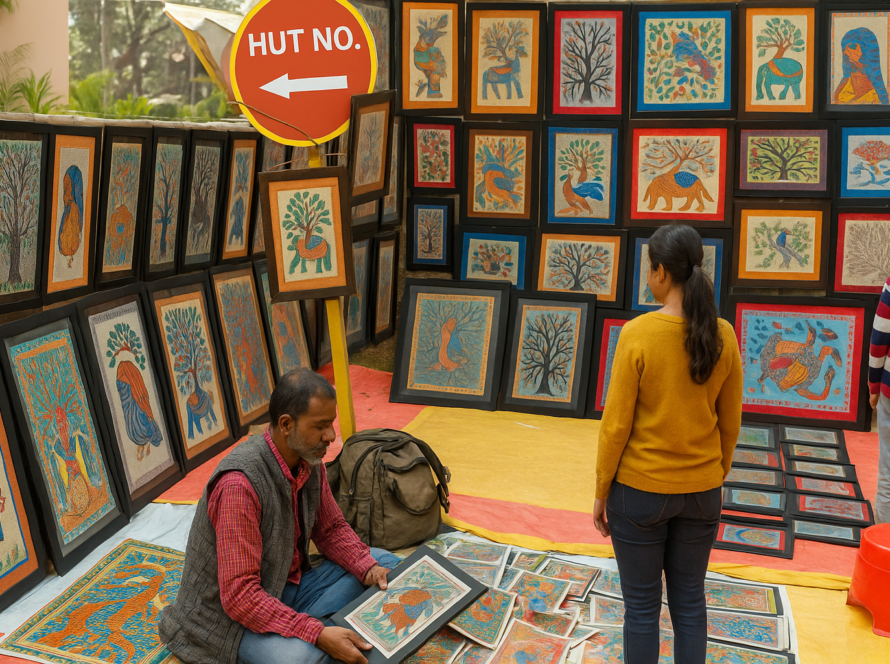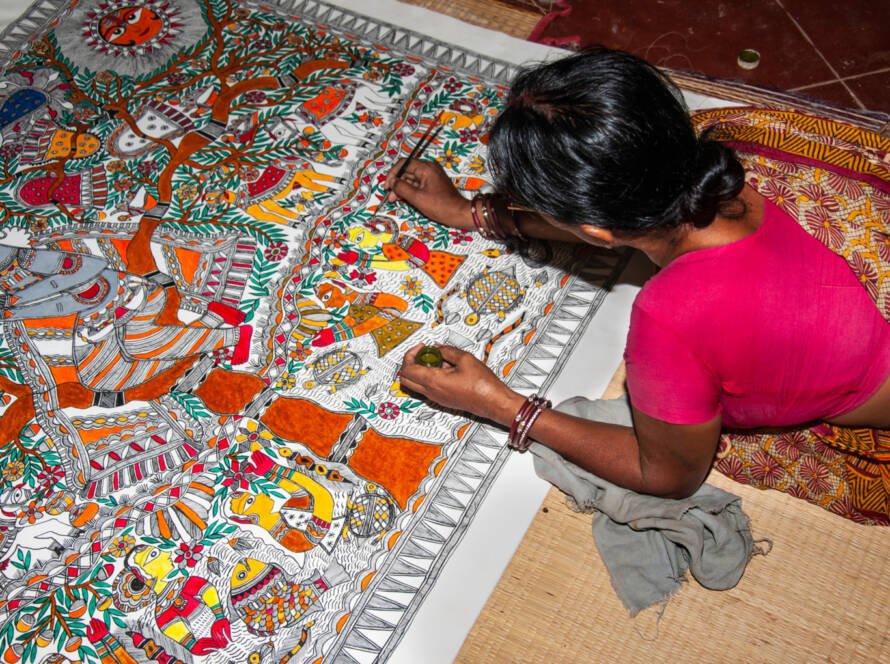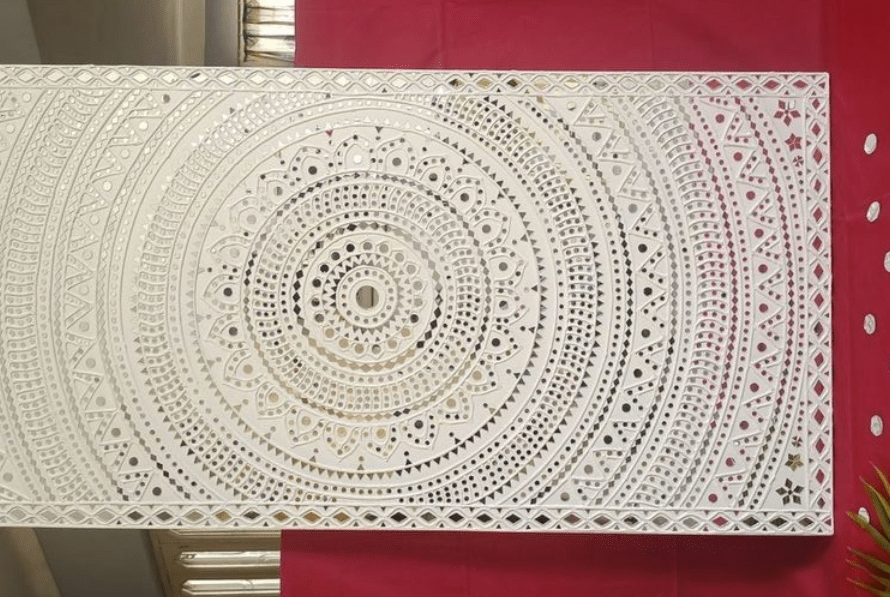The Canvas of Childhood Wonder
There is something sacred about the first time a child picks up a crayon. The line may be wobbly, the colors wild, but in that moment, a world is born—one not bound by grammar or equations, but by emotion and imagination. In every swirl and stroke, a story takes shape. A house isn’t just a house—it’s home. A sun isn’t just a sun—it’s warmth, hope, and the promise of tomorrow. Long before language, we painted our feelings, etched our beliefs, and carved our truths. Art, in its purest form, has always been our oldest form of storytelling.
Ancient Echoes: Where Stories Danced in Color
From the rock shelters of Bhimbetka to the frescoes of Ajanta, India’s landscape has been a living gallery of tales told through visual expression. The walls of temples, caves, and palaces speak a silent language—of gods and mortals, of nature and cosmos. Pattachitra from Odisha, Phad from Rajasthan, Warli from Maharashtra, and Kalamkari from Andhra Pradesh—each tradition is not merely decorative; it is narrative. These art forms preserve myths, rituals, social values, and ancestral wisdom—transmitted not through words, but through images that speak directly to the heart.
In every motif lies meaning. The lotus stands for purity. The peacock, divine beauty. The fish, fertility and flow. These are not embellishments—they are metaphors. Visual art in India has always been inseparable from the philosophical, the spiritual, and the everyday.
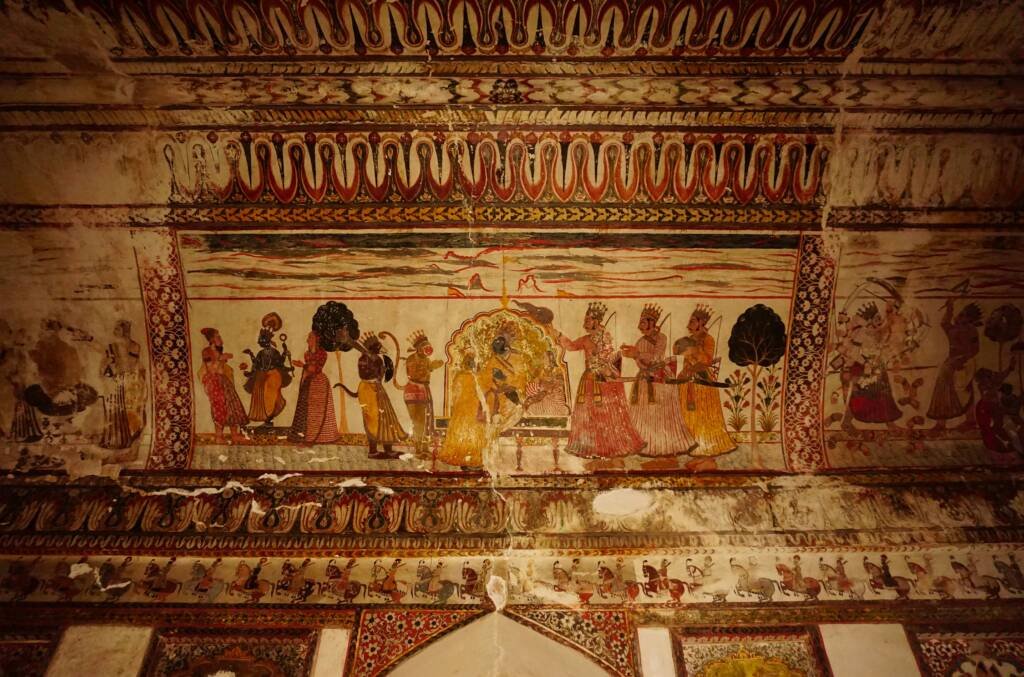
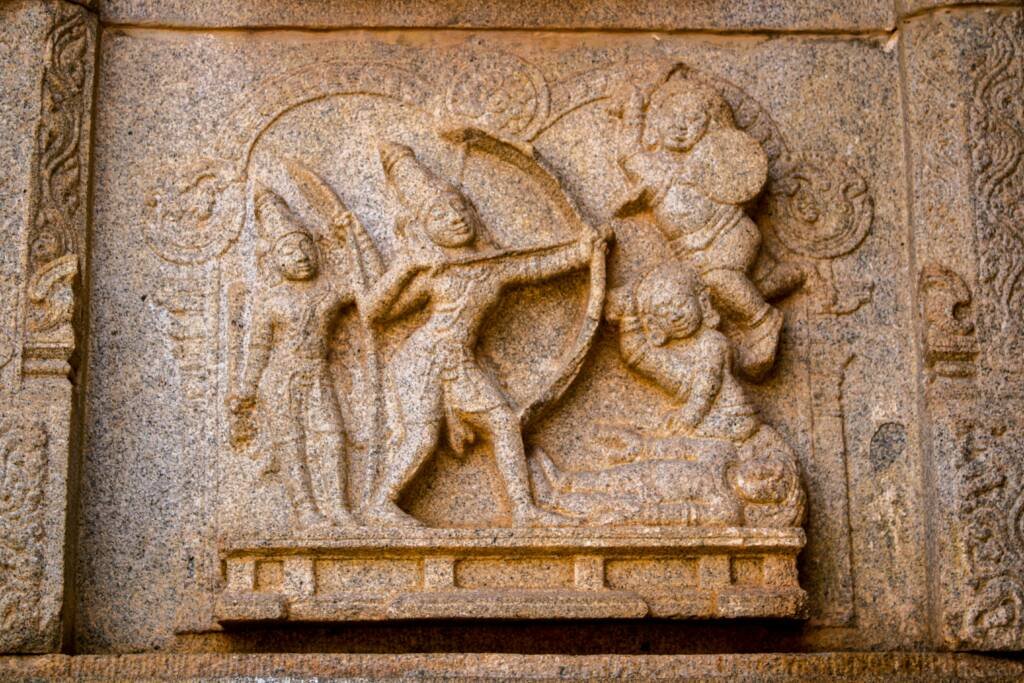
Learning Through Lines: Art as a Pedagogical Pathway
To integrate visual art into learning is to awaken the dormant storyteller in every learner. When children illustrate a poem or sculpt a science concept, they are not just memorizing—they are embodying. Art activates multiple intelligences: spatial, emotional, interpersonal. It encourages observation, empathy, and reflection.
Consider a history lesson taught not through dates but through the creation of a Harappan seal or a miniature Mughal painting. Or a biology lesson drawn in the mandala patterns of a flower. Suddenly, abstract knowledge becomes intimate. It breathes. It speaks. It stays.
In the Indian Gurukul tradition, learning was never compartmentalized. Dance, music, painting, and sculpture were interwoven into spiritual and intellectual development. Art was not a subject; it was a way of seeing and being.
Stories That Heal, Bridge, and Belong
In a world increasingly dominated by digital noise, visual art offers quiet space for connection. For many children, especially those who struggle with traditional forms of learning, drawing or painting becomes a lifeline—a way to process, to express, to be heard. Art builds bridges—between head and heart, between self and society.
In classrooms rich with visual storytelling, learning becomes inclusive. Cultural heritage becomes alive. A child painting a Madhubani tree learns about ecology, mythology, and regional identity—all at once. In such moments, art is not a break from education. It is education.
A Return to Wholeness
To integrate visual art in learning is to return to an ancient truth: that we are not just thinkers, but feelers and creators. Art gives form to the invisible. It turns thought into touch, emotion into image. And in doing so, it invites us to learn not just with our minds—but with our souls.
When children are given the freedom to draw their dreams, they also draw connections—to their culture, their values, and their inner worlds. And perhaps that is the most powerful story of all—the story of becoming.
Let us not teach art as a subject to master, but as a spirit to awaken. For in every brushstroke lies a question, a memory, a message. And when we allow art into the heart of learning, we don’t just educate minds—we illuminate lives.
#ArtInLearning #IndianVisualTraditions #ExperientialEducation #StorytellingThroughArt #HolisticLearning #CulturalPedagogy #ArtAsEducation

